Hey all! Real Farmer Jeff here.
If you’ve ever felt overwhelmed by composting – tracking the right ratios, avoiding meat or dairy, or dealing with outdoor bins – I highly recommend the Reencle Indoor Composter.
It is truly incredible how it can turn nearly all food waste into real, usable compost with minimal effort, mess, or smell.
For someone like me who lives in a small space and who doesn’t have the room for traditional composting, my Reencle Indoor Composter has been a game changer. I started using my Reencle Indoor Composter before I ever posted any gardening videos on social media – so this is a genuine endorsement!
How Reencle’s Microbial System Works (And Why It’s Different)
Fun fact: Most indoor “composters” on the market today are actually food dehydrators. They grind and heat your food scraps into a dry mulch.
While this reduces waste volume, it doesn’t create true compost, and that material still needs to break down much further before it can be used as true compost. .
However, the Reencle Indoor Composter is different. It uses a living culture of beneficial microbes called ReencleMicrobe™ to break down food naturally, the same way outdoor compost piles do, but much faster and cleaner.
A few key things set it apart:
- Real aerobic decomposition: Reencle doesn’t dehydrate or grind. It uses oxygen and microbes to biologically process food waste.
- Built-in stirring system: Ensures even microbial activity and speeds up the breakdown process.
- Handles nearly all foods: Including meat, dairy, salty or oily foods, and cooked leftovers—items most composters can’t accept. You only need to avoid bones, fruit pits, and other similar hard items.
- No need for carbon “browns”: Unlike traditional composting, Reencle doesn’t require you to add shredded paper, dry leaves, or sawdust.
4 Main Benefits of The Reencle Indoor Composter
1. Toss In Nearly Anything:
You don’t need to sort your scraps or worry about what’s “compostable.” Just open the lid and drop your scraps in. I am still surprised every time I use it by how easy it is. Reencle accepts:
- Meat and fish scraps
- Dairy products
- Fruits and veggies
- Cooked foods and leftovers
- Coffee grounds, rice, bread, and more
2. No Measuring or Mixing
With traditional composting, you need to calculate carbon-to-nitrogen ratios or manually turn compost piles. Reencle’s internal paddle stirs everything automatically, and the microbes self-regulate the process (no additives or inputs required).
However, to clarify you the unit does come with a starter, but that is able to self-perpetuate because you always leave about ⅓ of the compost in the bin when you harvest. Sort of like a sourdough starter.
3. Low Odor & Low Maintenance
The aerobic environment minimizes odors, and the sealed design keeps your kitchen fresh. Just empty the compost once every few weeks (depending on usage).
That being said, I avoid throwing raw animal products into my unit to avoid odor. Even though the Reencle Indoor Composter does amazing with odor suppression, I don’t want to put in rotting meat. The Reencle Indoor Composter could definitely process it into compost, but I wouldn’t promise no odor at that point.
4. Perfect for Small Spaces
If you’ve ever thought you couldn’t compost because of space, this device proves you absolutely can. As someone who lives in a small townhome, I know how hard it can be to compost when you don’t have a backyard or space for an outdoor bin or compost pile.
- It fits easily under a counter or beside your trash can.
- No need to carry food scraps outside or worry about pests.
- You get real compost without needing a large bin, pile, or tumbler.
What Makes Great Compost?
In traditional composting, the carbon-to-nitrogen (C:N) ratio is crucial for efficient breakdown:
- Nitrogen-rich “greens”: Food scraps, coffee grounds, etc.
- Carbon-rich “browns”: Paper, straw, dried leaves
The ideal C:N ratio is about 25 – 30:1. Too much nitrogen causes odors; too much carbon slows decomposition. The beauty of the Reencle Indoor Composter is that you don’t have to manage this ratio.
The microbes inside Reencle are designed to thrive in high-nitrogen environments, making the system virtually foolproof (even without added “browns”). The resulting compost contains:
- Trace minerals that boost overall soil and plant health
- NPK (Nitrogen, Phosphorus, Potassium) for balanced plant nutrition
- Secondary nutrients like calcium, magnesium, and sulfur
How Soon to Use the Compost
So what about the compost? Is it ready to use immediately?
Almost! The compost the Reencle Indoor Composter produces is rich, dark, and earthy – but still biologically active. For best results, it should cure for a few days before you use it in your garden or potted plants. I just put my compost into a 5-gallon bucket until I’m ready to use it.
“Curing” is a short rest period (typically 3 – 7 days for Reencle compost) that allows:
- Microbes to finish breaking things down
- Nutrients to stabilize
- Compost to cool and mellow before use
Why Curing Matters
Fresh compost…
- May still be warm
- Continues microbial activity
- Can temporarily tie up nitrogen in soil if not fully stabilized
Other indoor systems may take several weeks to cure, especially if they don’t fully break down the food waste during processing. To cure your compost:
- Place it in a well-ventilated container or tray
- Keep it slightly moist
- Store in a shaded, cool area
Summary: Why Reencle?
Let’s recap why Reencle is one of the easiest and most effective indoor composters available:
- Truly composts food waste using microbes, not just heat or grinding
- Accepts almost all foods, including meats and dairy
- No additives needed – no paper, no sawdust, no extra work
- Cures quickly, often within a week
- Compact, odor-controlled, and kitchen-friendly
- Perfect for small homes and tight kitchen spaces
- It’s gratifying to use homemade compost in your own garden!
Thanks for reading along, guys! If you enjoyed this blog post, check out my other gardening blog posts:
- How to Start a Garden on a Budget for Under $100
- Essential and Nice-to-Have Garden Products for Your Perfect Setup
- My Garden Setup: 3 Best Garden Containers for Every Gardener
- Understanding Garden Light and Shade: A Simple Guide
- How to Build a Homemade Trellis Using Cattle Panel
Follow me on social media for daily content and instructional videos about gardening!
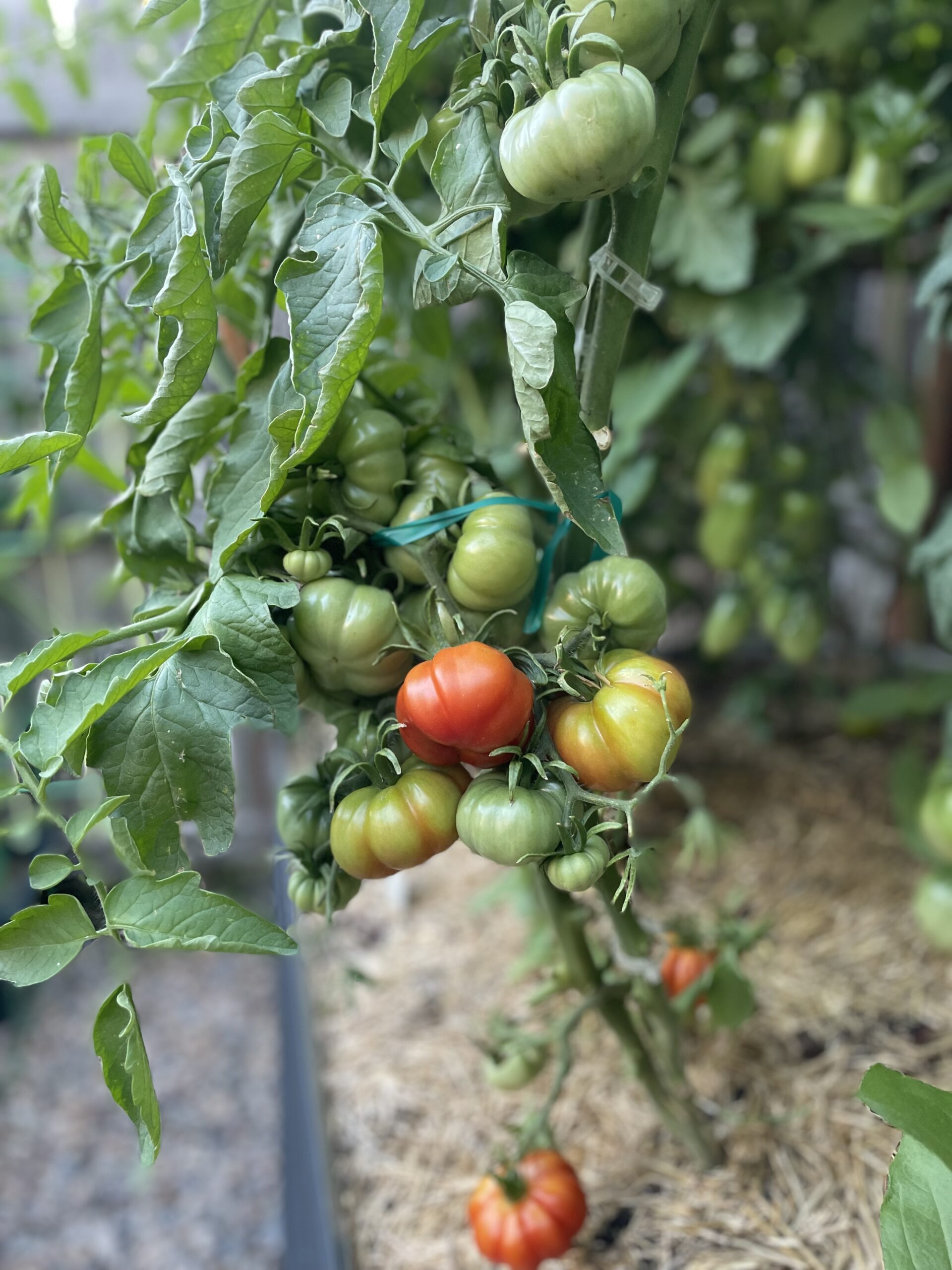

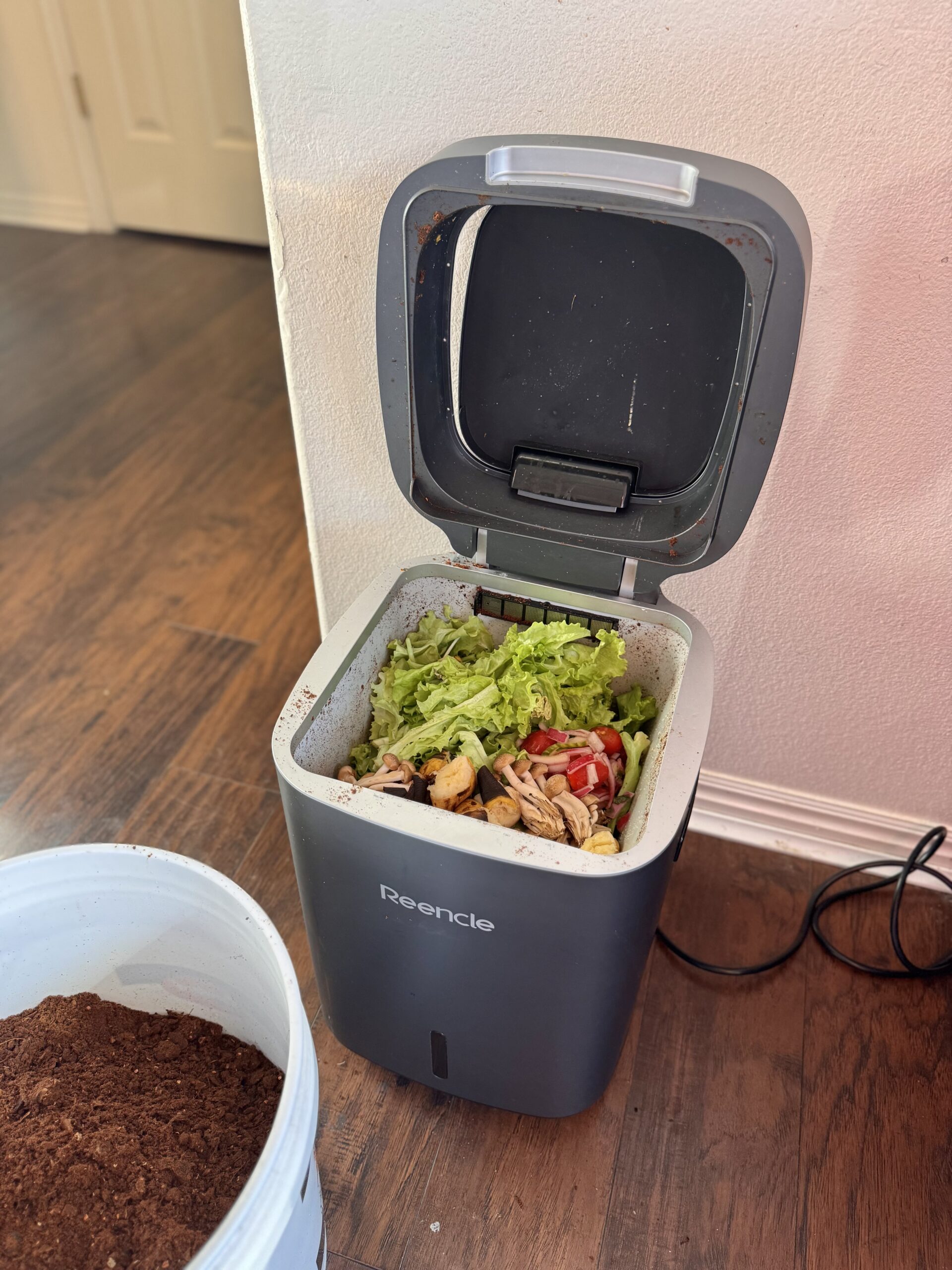
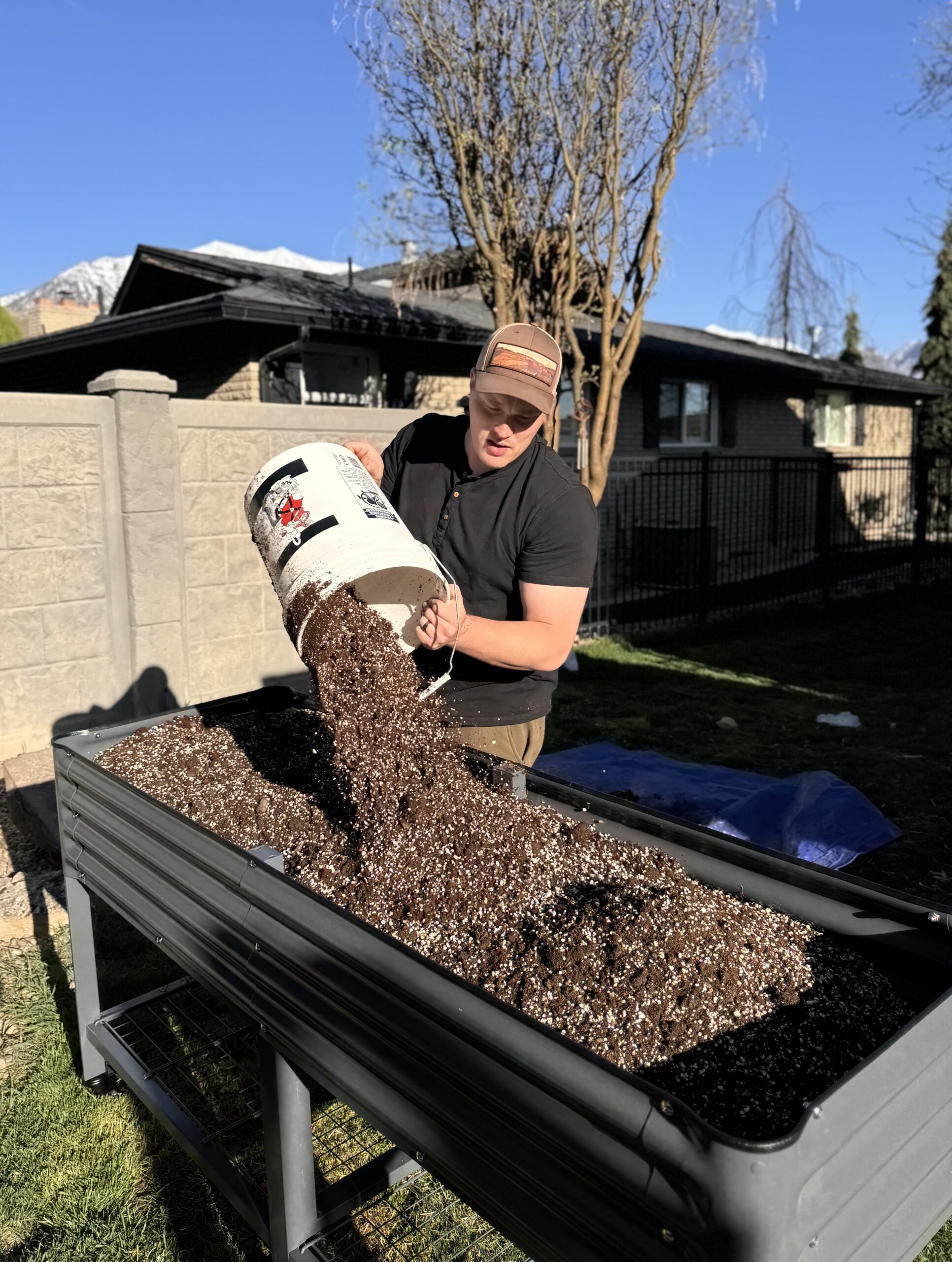
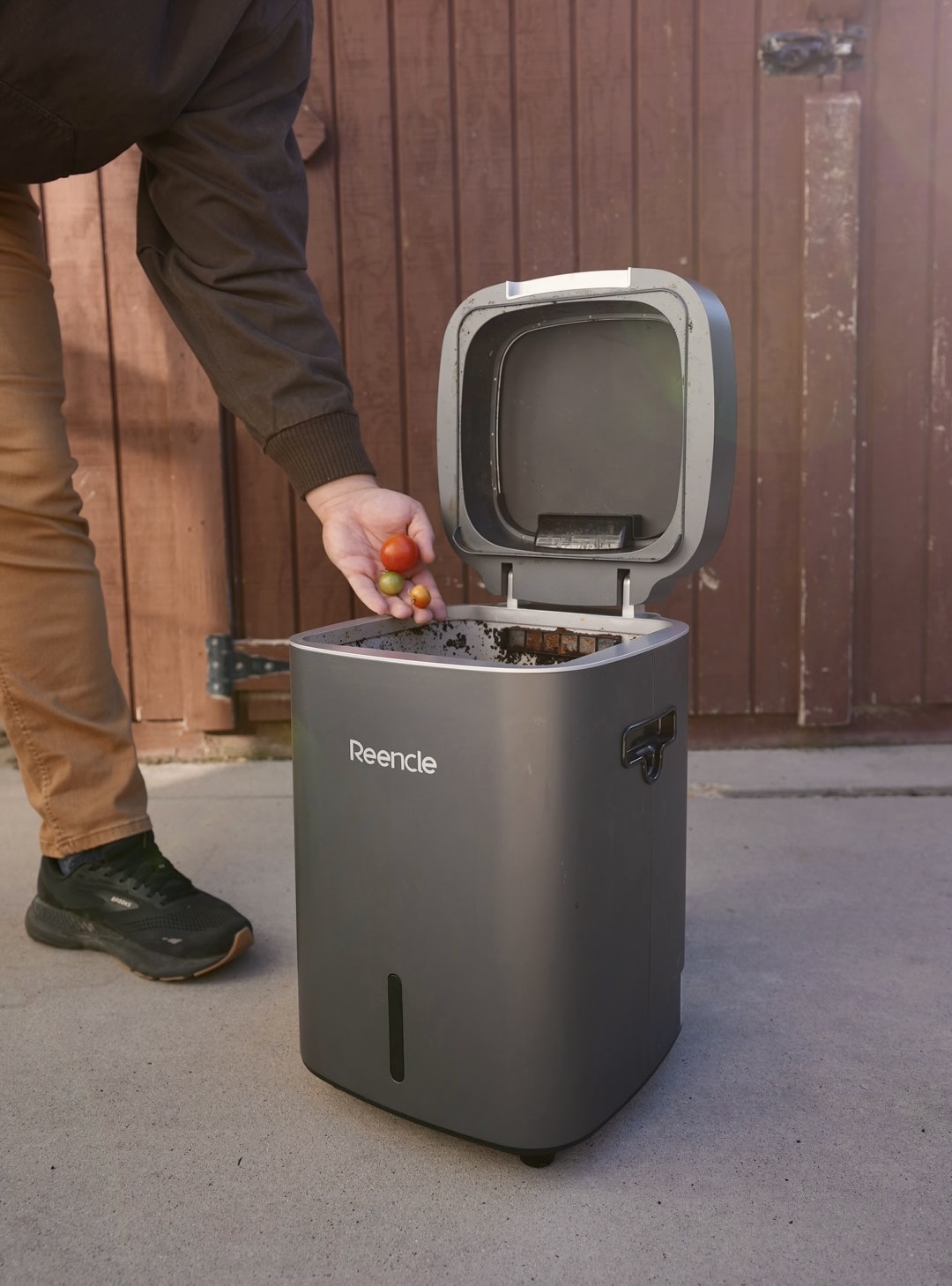
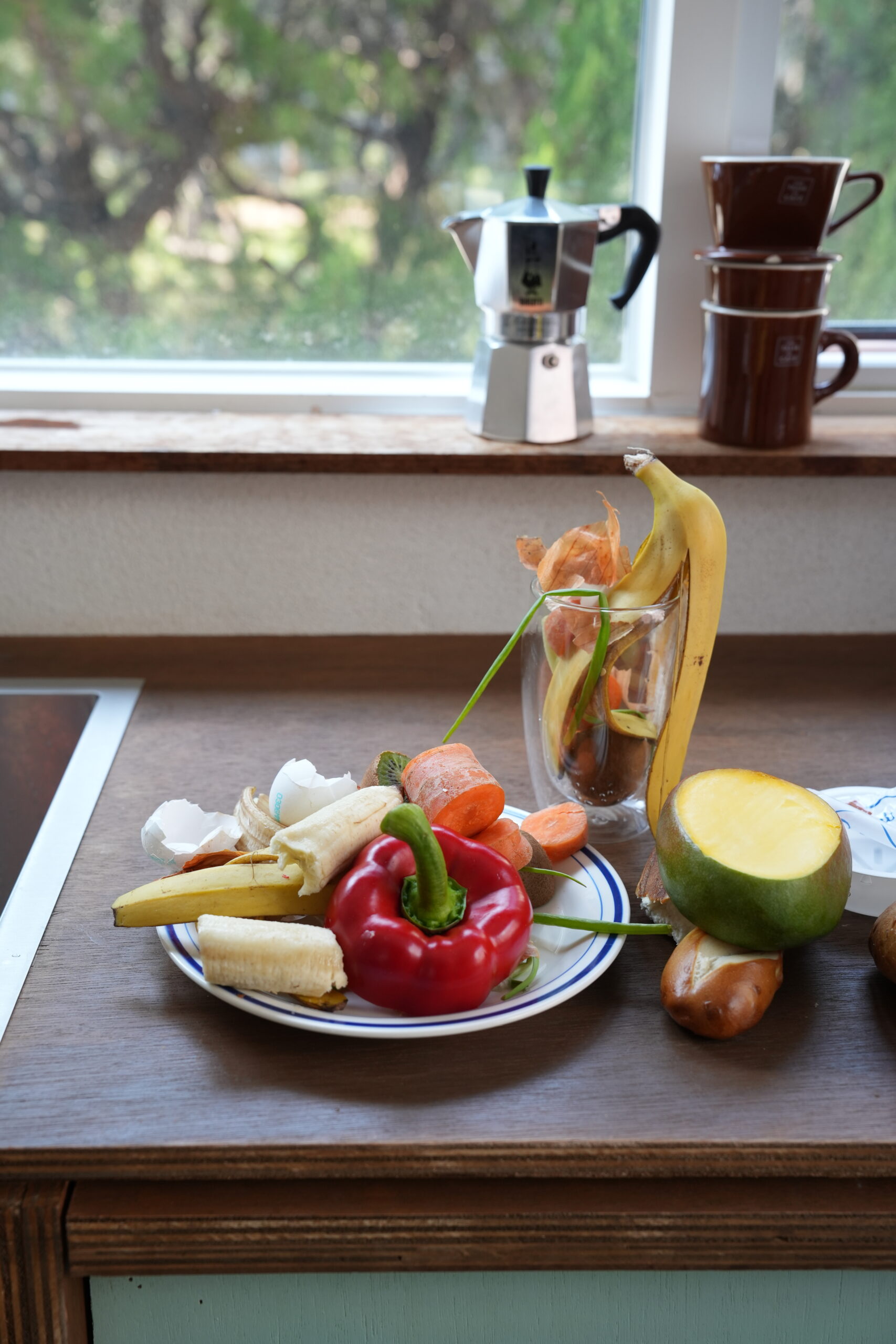
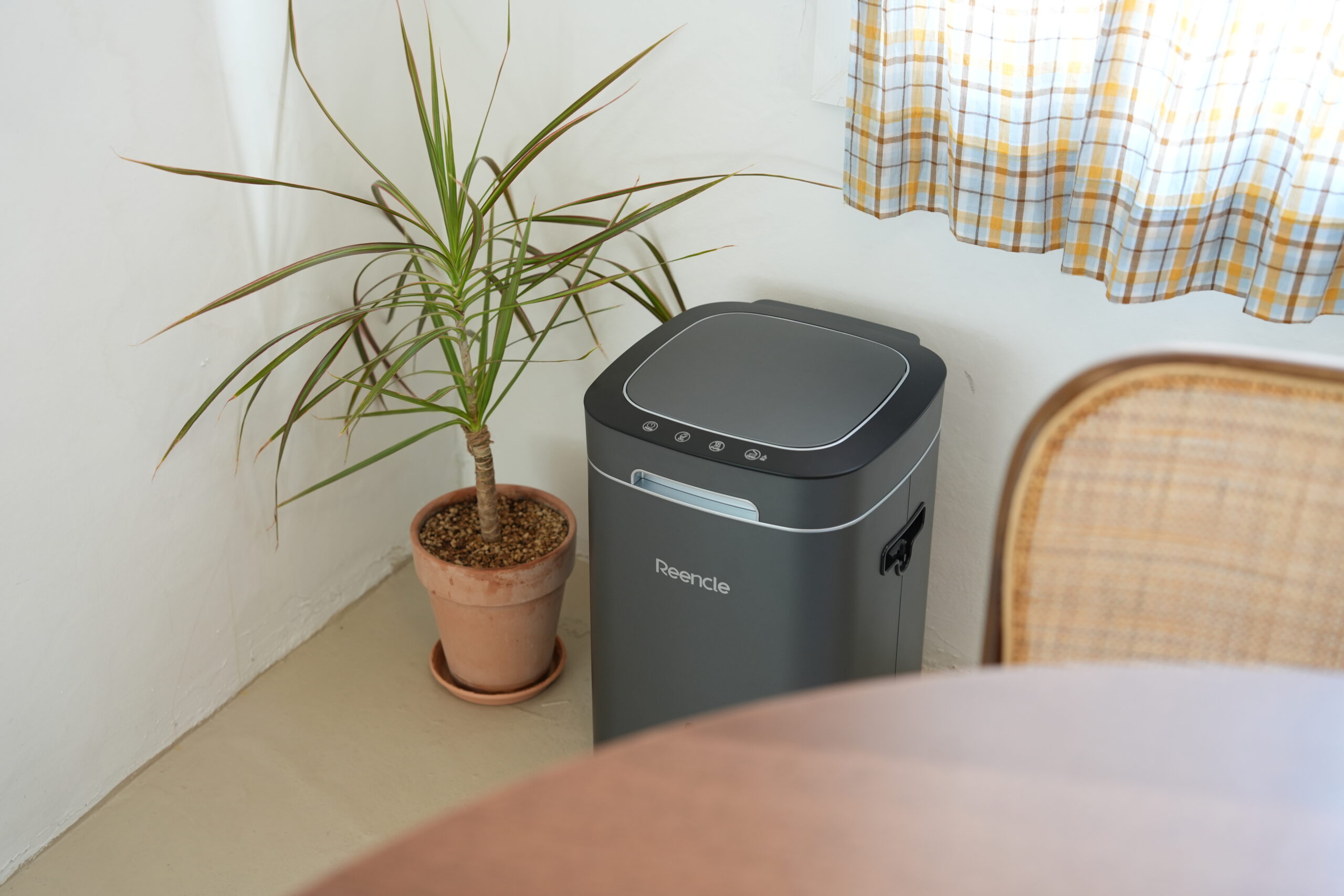
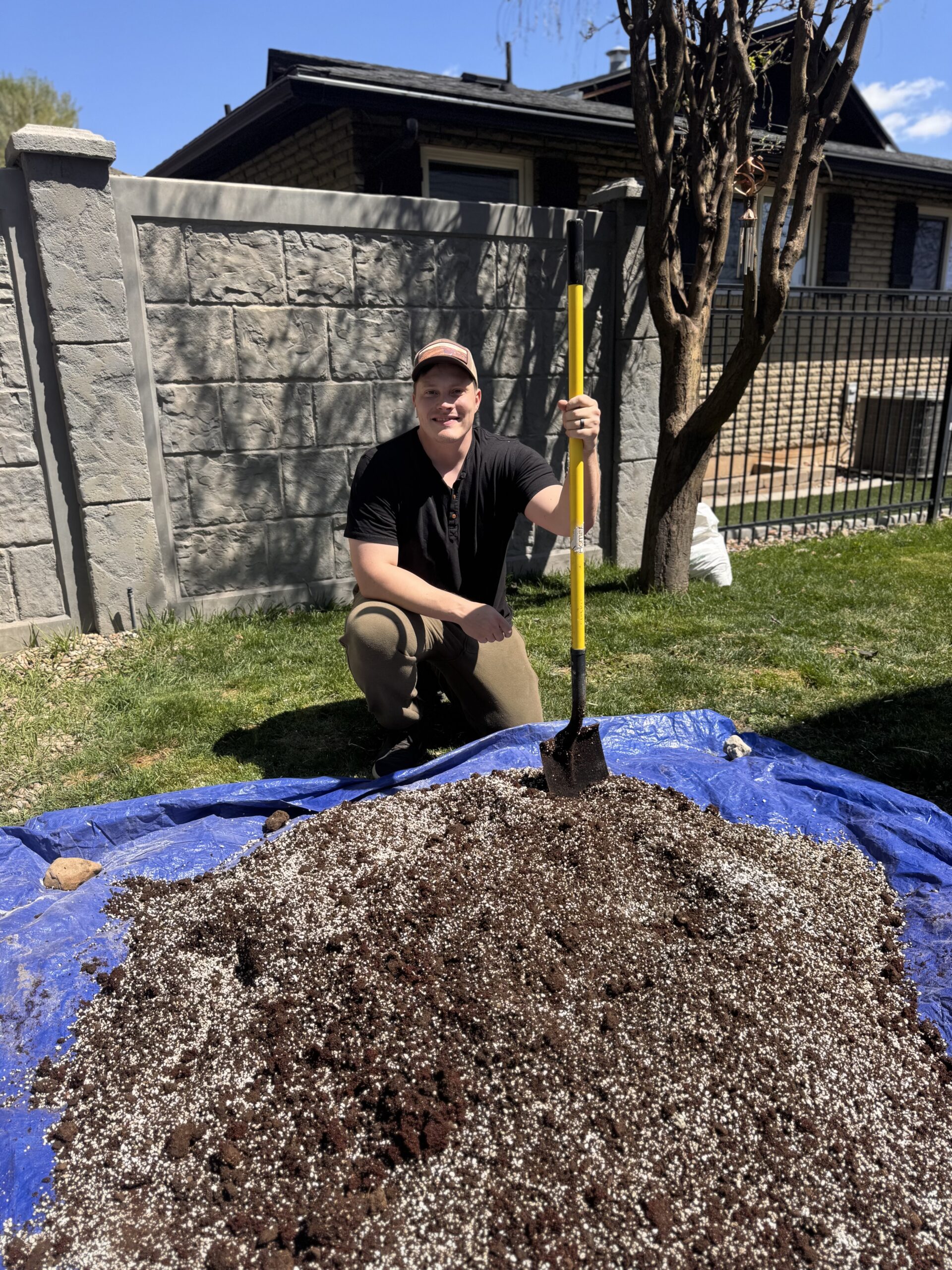
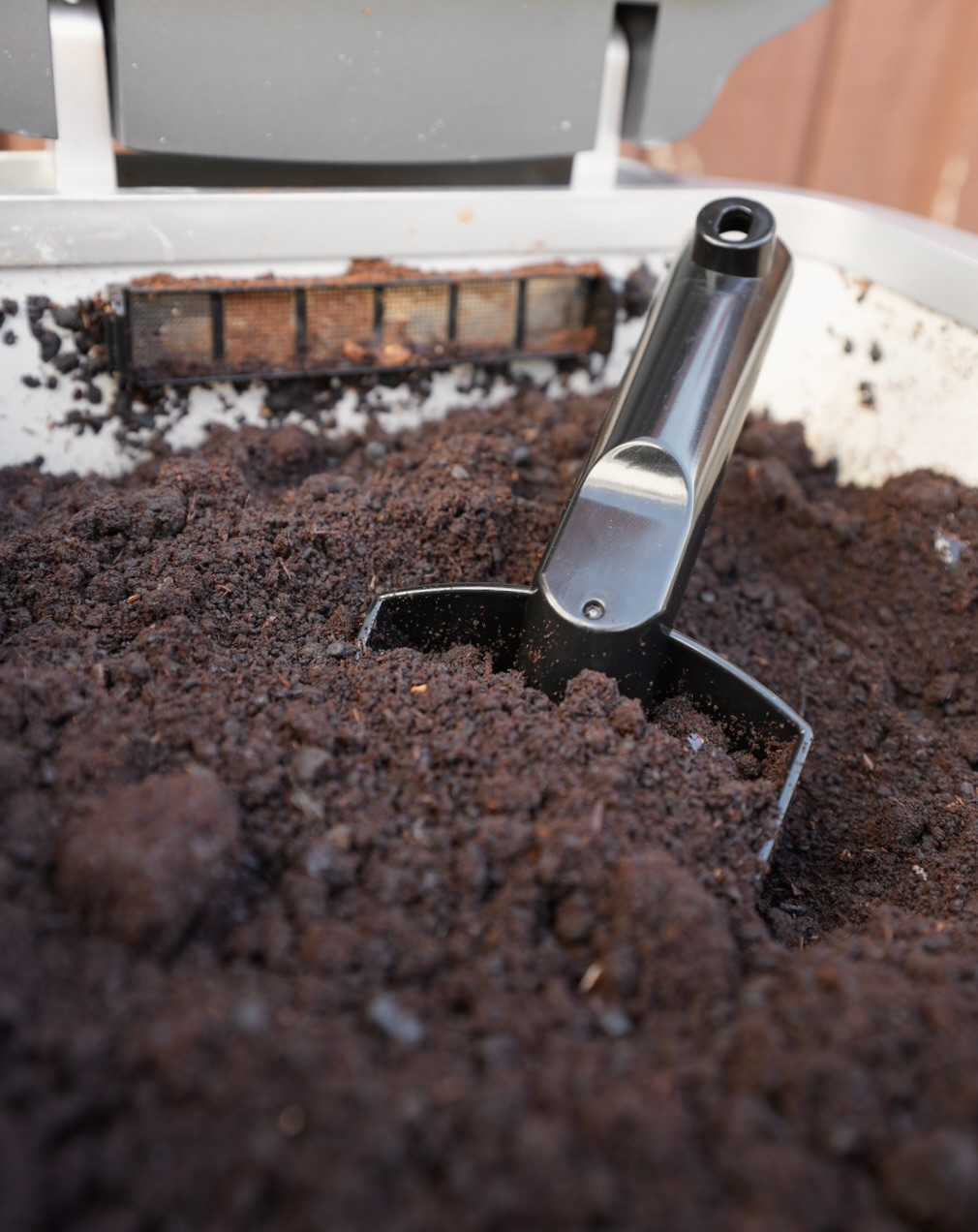
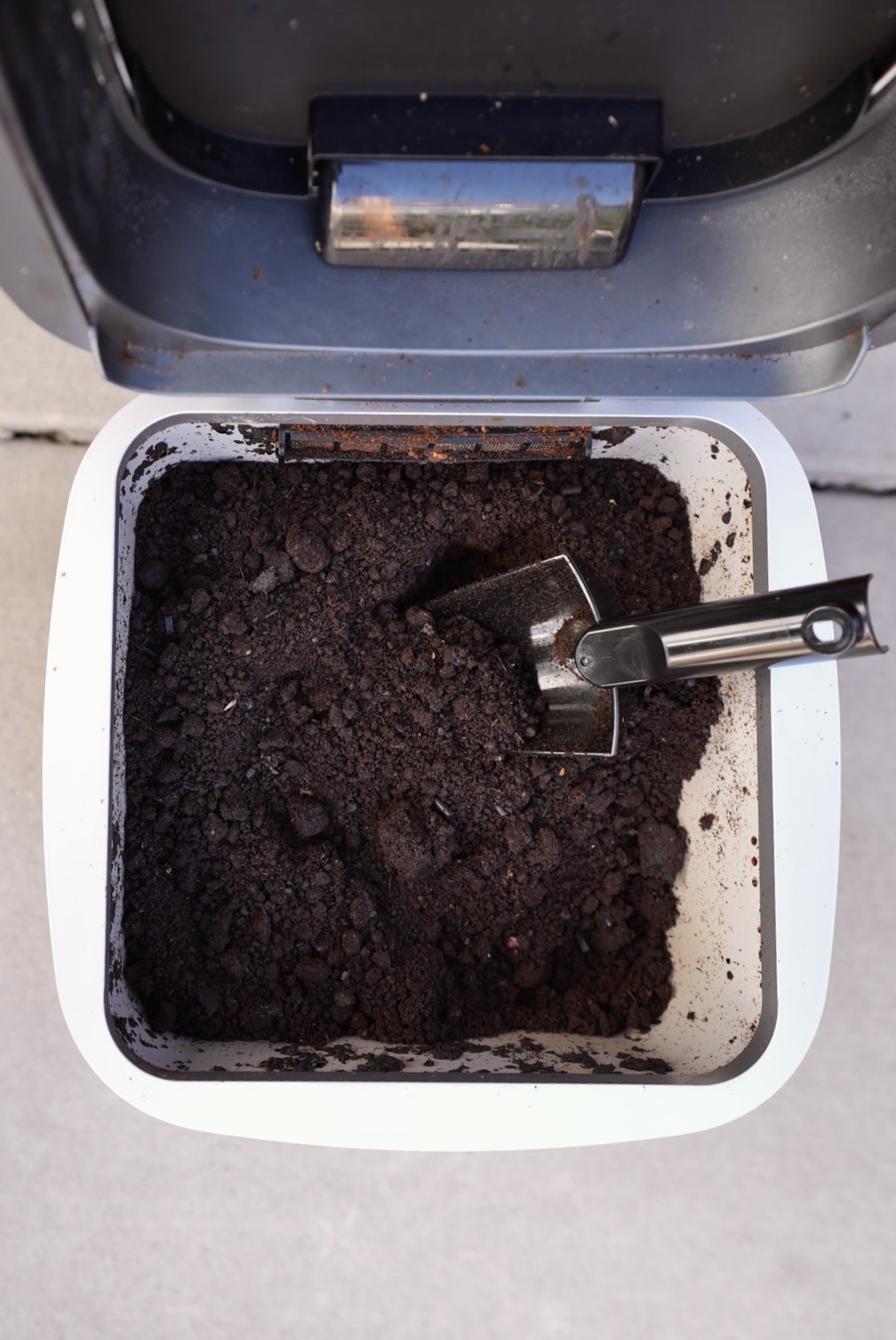
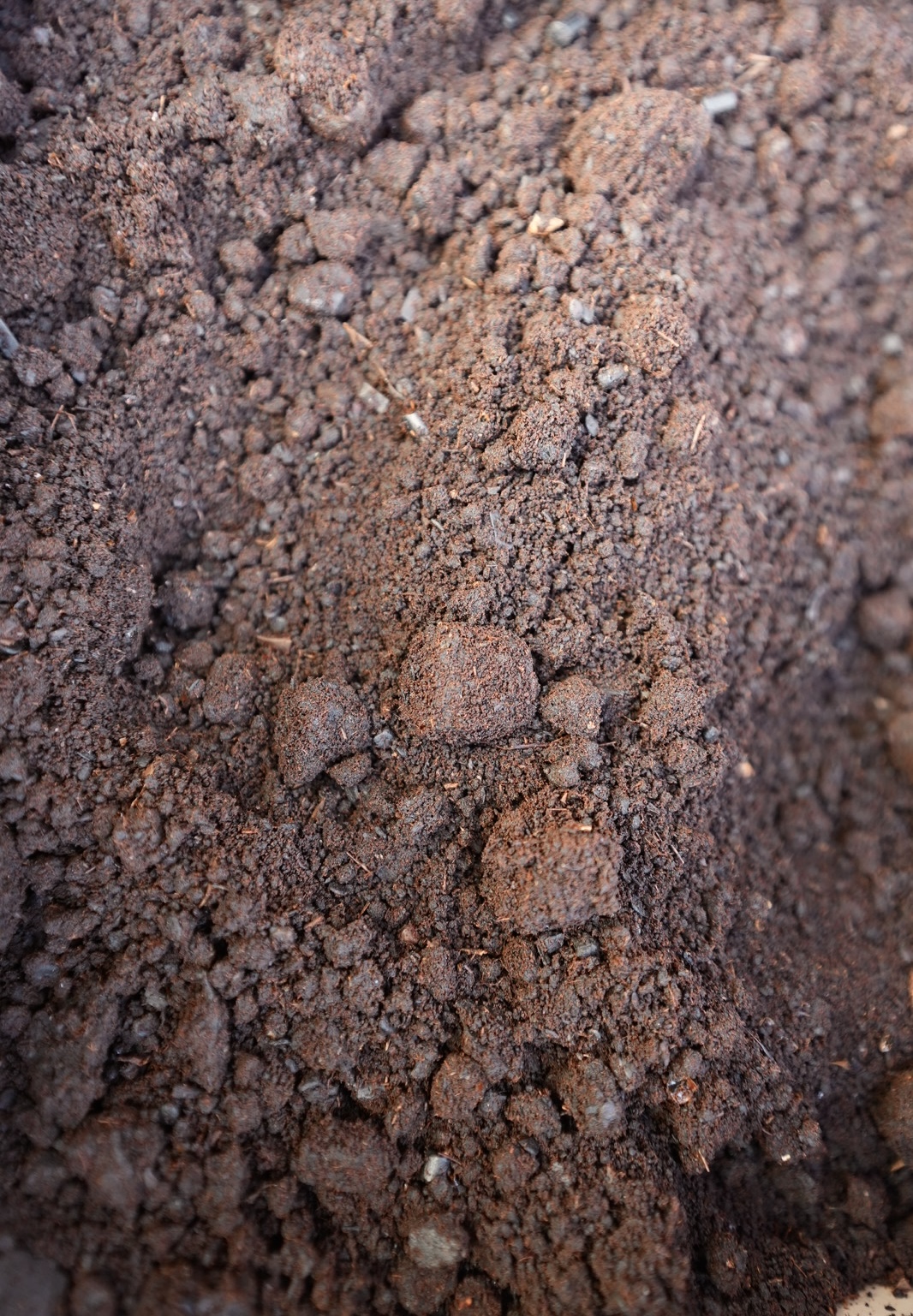
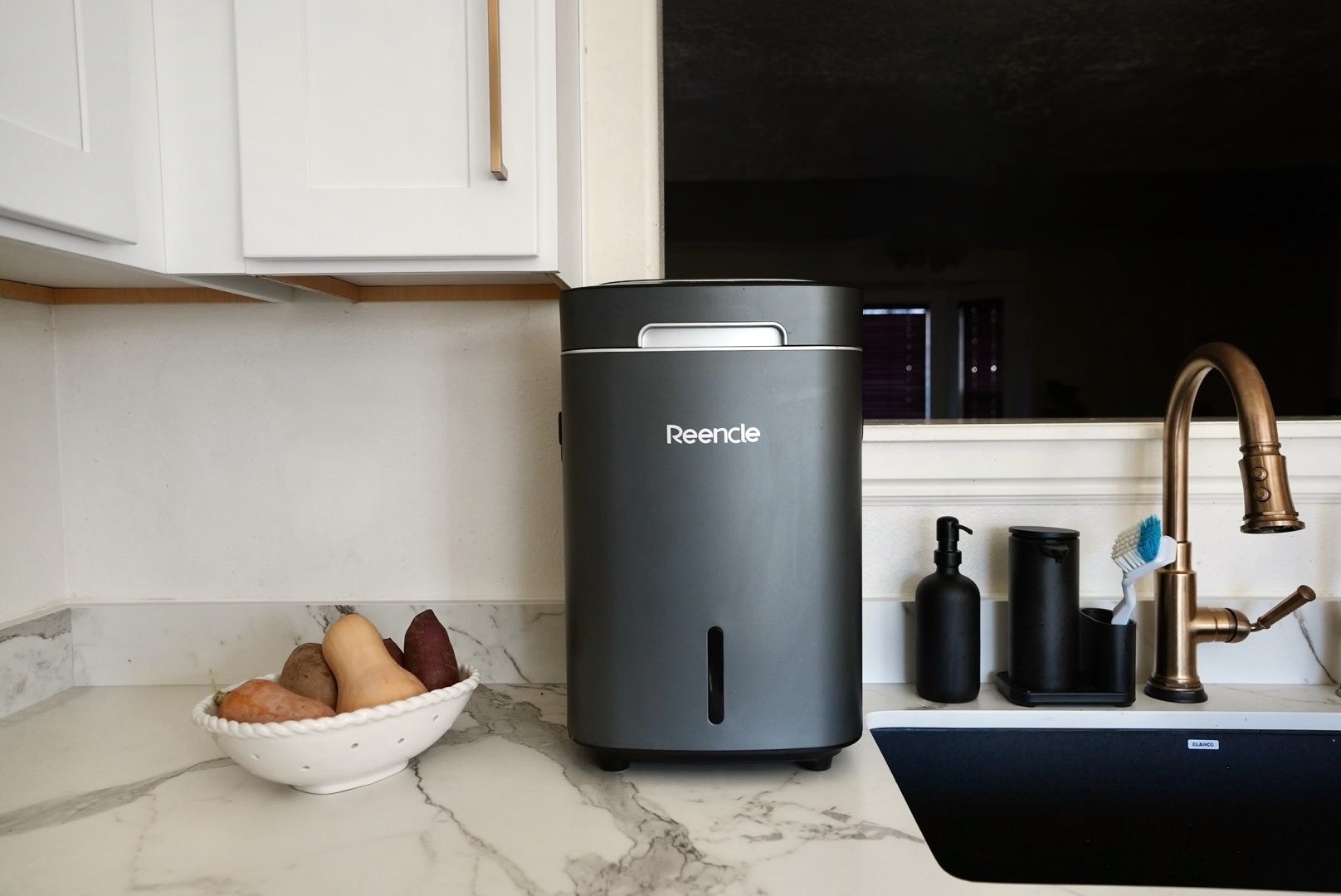



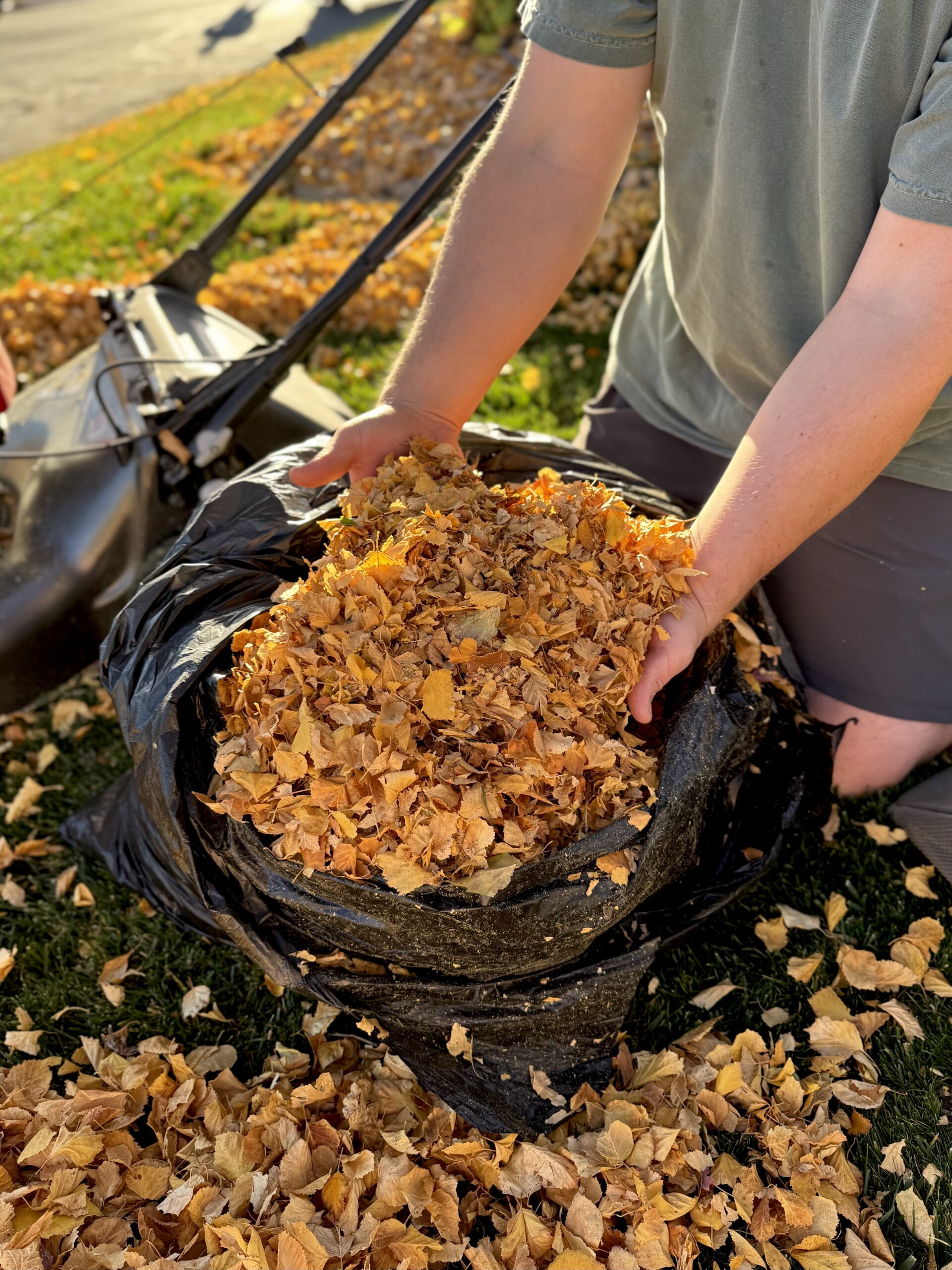
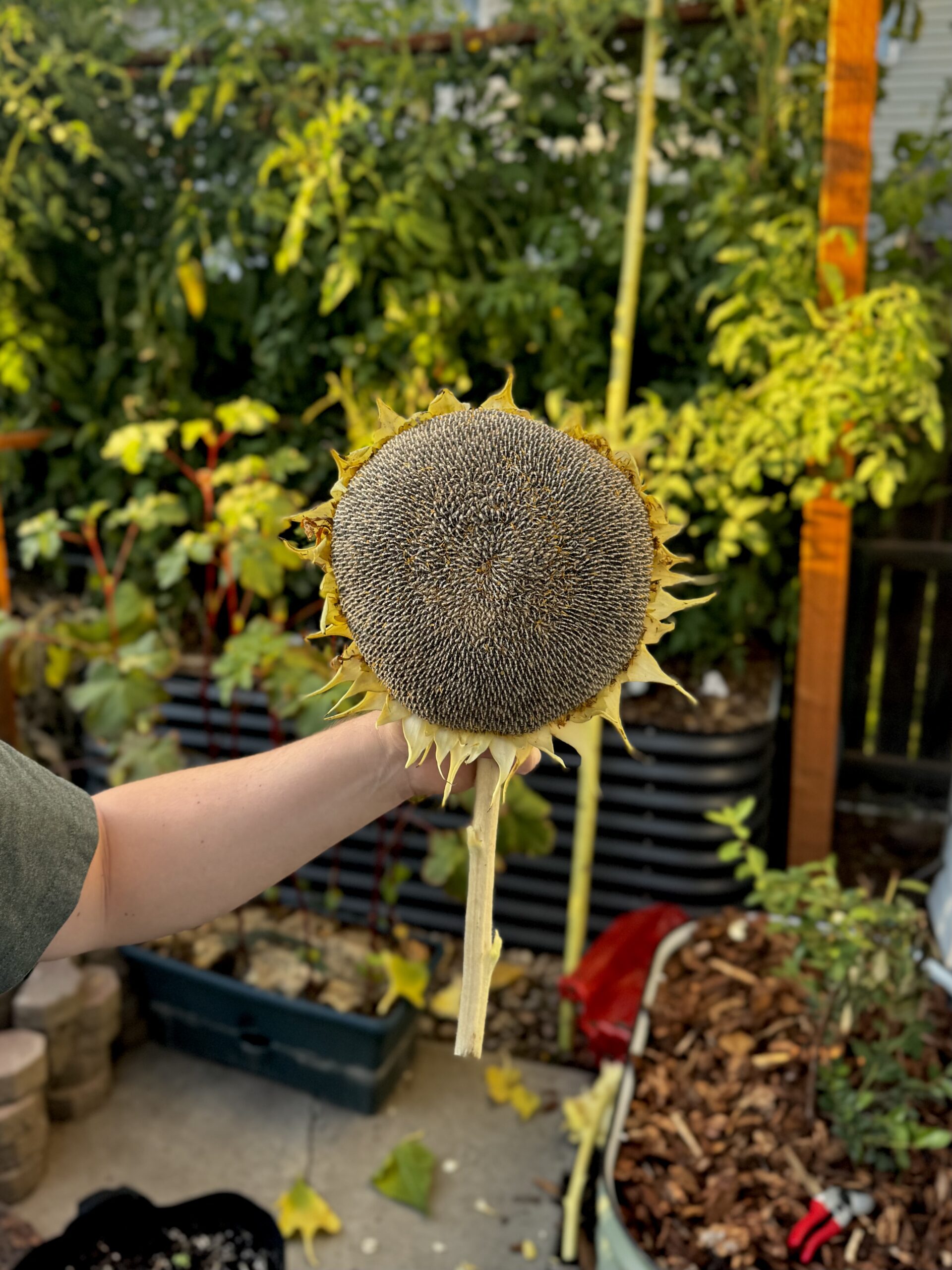
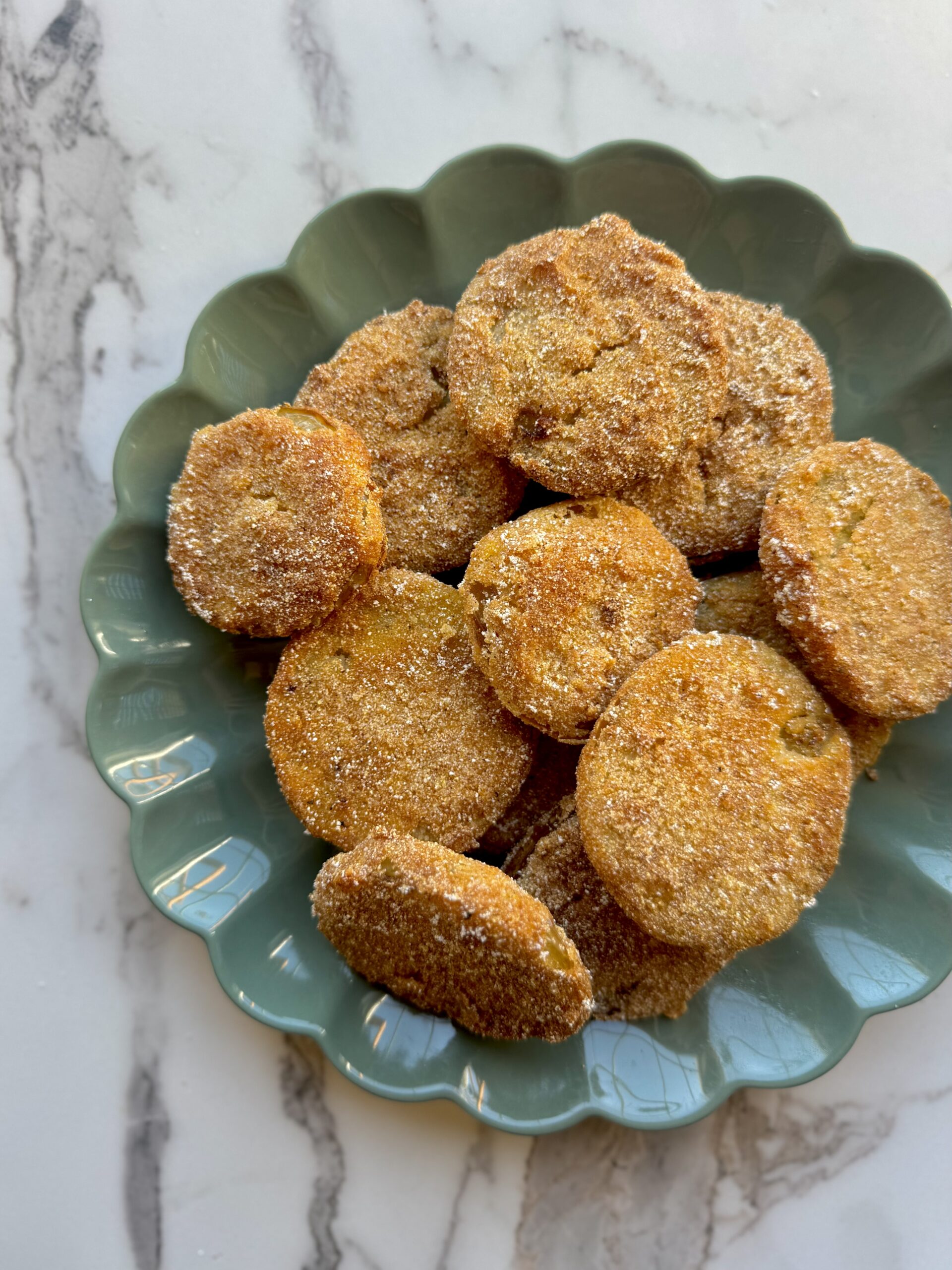
This is an incredible invention! I wish sustainability was more common
It ran quieter than I expected. So cool it doesn’t smell!
Thanks for writing this! Their website doesn’t explain about the curing that I found…we are very new to all this. I’m ready to empty ours after 9 days – we eat a lot of fresh foods. Thing is, I wonder if I’m overfeeding my Gravity because the compost is drenching wet. I’ve had the dry button on for days. We will be using it in our first ever raised garden!
Hi Aly, that’s so exciting that you’ve been able to fill it up quickly! Yeah of its drenching wet that that would be too much. I think for the gravity they recommend adding around 3lbs of food max per day. However, I would stop adding food for a couple days until it is able to dry out a bit.
Good luck using the mix in your garden! I’m glad you found out about curing because you definitely won’t want the mixture to be active when you mix it into your garden beds. Feel free to reach out if you have any questions 🙂